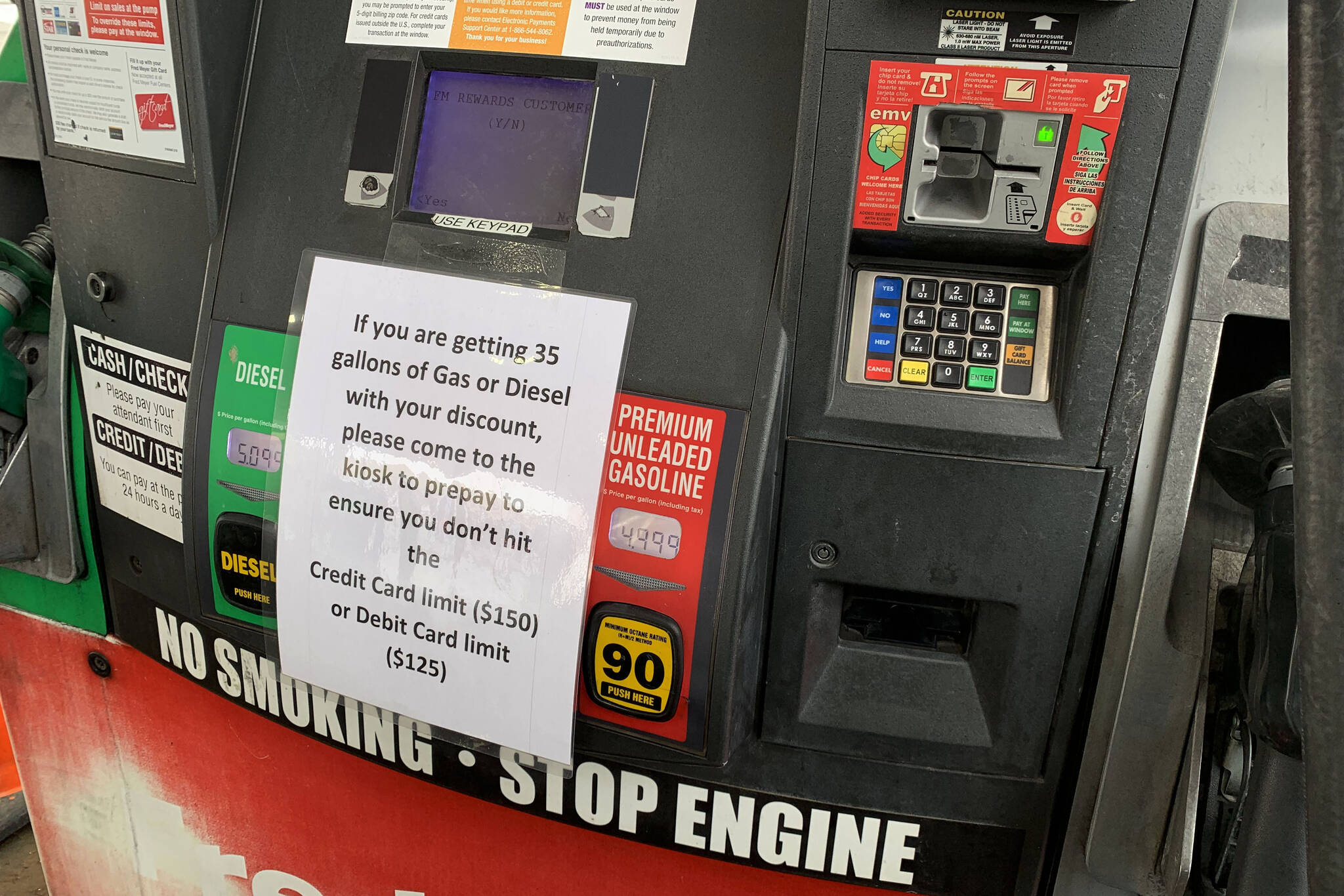In urban Alaska, things cost more than they did last year. That may seem obvious, but new analysis from Economist Neal Fried sheds new light on the issue. That analysis was published in this month’s edition of “Alaska Economic Trends,” which is published by the Alaska Department of Labor and Workforce Development.
The true rate of inflation in Alaska’s urban areas varies depending on the good or service — gas prices were 52.2% higher in April 2022 than in April 2021. That’s compared to the cost of food, which was about 11.3% higher overall in April 2022 than April 2021, and transportation, such as new and used vehicles, which was up 23% compared to last year.
“Energy prices alone went from historic lows to near-highs in just a year,” Fried observed, noting that “energy” includes electricity, natural gas and gasoline.
Fried described inflation as occurring when there is too much money chasing a limited number of goods and services. Prices in urban Alaska dropped during the COVID-19 pandemic, but jumped back up starting in 2021, when people had more money to spend from things like savings and federal stimulus checks, Fried wrote. Supply chain issues further limited the goods and services available.
Urban Alaska’s inflation rate — which Fried said tends to closely follow that of the United States — averaged 4.9% in 2021. The state’s urban area average inflation rate over the previous 10 years was 1.5%. By December of 2021, that number had jumped to 7.2%, Fried said.
Alaska’s 2021 average inflation rate was the largest annual price increase since 1990, Fried wrote, but not entirely unprecedented. Inflation in Alaska peaked in 1975, when that rate hit 13.7%. Between 1974 and 1982, the lowest annual inflation rate was in 1982 at 5.4%. Inflation rates of more than 10% were reported in 1974, 1979 and 1980.
“Coincidentally, these jumps came during some of Alaska’s best economic growth years, which included the construction of the Trans-Alaska Pipeline System and the spectacular oil wealth that followed its completion in 1977,” Fried wrote.
Because of current economic volatility, Fried said there’s disagreement about whether high inflation is here to stay. Some economists think supply chain problems will resolve on their own, while others say factors like perception of supply chain issues and the war in Ukraine could cause prolonged inflation, Fried wrote.
This month’s full issue of “Alaska Economic Trends” can be found on the Alaska Department of Labor and Workforce Development website at labor.alaska.gov.
Reach reporter Ashlyn O’Hara at ashlyn.ohara@peninsulaclarion.com.

